Silicon carbide brick classification
Silicon carbide brick classification
(1) Clay bonded silicon carbide bricks
Clay bonded silicon carbide bricks are refractory products fired with silicon carbide as the main raw material and clay as the binder. It is characterized by high thermal conductivity, small thermal expansion coefficient, good thermal shock resistance, and wear resistance. It is the earliest developed silicon carbide brick.
The proportion of combined clay used in the past is relatively large, generally 10% to 15%, and now 3% of clay and 5% of pulp waste liquid are used. The thermal conductivity of silicon carbide bricks with less clay is 3 to 4 times higher than that of poly clay bonded silicon carbide bricks, and the softening temperature and slag resistance under load are also higher. The manufacturing process of the clay-bonded silicon carbide brick with a combined clay of 3% is to prepare the coarse, medium, and fine SiC according to the particle gradation that can obtain the maximum bulk density. First, dry the mix uniformly, then add clay, dry the mix for 3 minutes, add 4% pulp waste liquid (density 1.26-1.289/cm3), and mix. The moisture content of the mud is about 1.5%. After 12 hours of trapping, the mud will pass through a 4mm screen and be formed by a brick press. The brick bulk density is 2.5~2.79/cm3. It is dried under natural drying conditions for 2 to 4 days and fired in a tunnel kiln at a firing temperature of 1400°C.
The product is used as ceramic kiln furniture (shelf board, bracket, saggar, etc.), muffle cover for muffle furnace, furnace lining brick for aluminum refining furnace, distillation tank for zinc distillation furnace, cement rotary kiln cooler, etc.
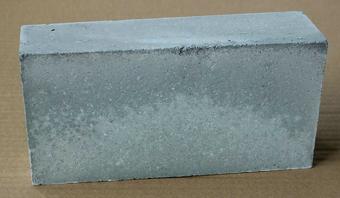
(2) Silicon nitride bonded silicon carbide bricks
Silicon nitride combined silicon carbide brick is a refractory product fired by nitriding using SiC and Si powder as raw materials. It is characterized by Si3N4 as the combined phase. Si3N4 exists between the SiC grains in the form of needle-like or fibrous crystals and is an important new type of refractory material.
Using the principle of reaction sintering, the SiC body containing silicon powder is sintered by nitriding reaction, and the sintering process is completed in a closed furnace that is easily controlled by nitrogen. The temperature, pressure, and atmosphere in the furnace should be strictly controlled. Main process parameters: nitriding gas pressure 0.02-0.04MPa, furnace atmosphere containing O2 less than 0.01%, final nitriding temperature 1350-1450 ℃, total nitriding time varies with the shape and size of the product.
Silicon nitride bonded silicon carbide bricks have good alkali erosion resistance, resistance to molten cryolite wetting, oxidation resistance, wear resistance, high thermal conductivity, thermal shock resistance, and extremely low electrical conductivity.
Silicon nitride combined with silicon carbide bricks is mainly used as the lining of the lower part of the blast furnace, which is more than double the service life of traditional refractory materials. In addition, it can be used as the lining of aluminum reduction electrolyzers and ceramic kiln furniture, which has the advantages of energy-saving, long life, and high durability. It has the advantages of polluting the environment, etc., and can also be used as a blast furnace tuyere water-cooled pipe casing brick.
(3) Recrystallized silicon carbide products
Recrystallized (recrystallized) silicon carbide products are refractory products made of silicon carbide as raw materials and directly combined with silicon carbide. It is characterized by the existence of no second phase and is composed of 100% α-SiC. The chemical composition of the raw materials used in the manufacture of recrystallized silicon carbide is as follows: SiC 99.5%, free C 0.2%, Fe 0.08%, free SiO2 0.08%.
Recrystallized silicon carbide products are mainly used as kiln furniture, which has the advantages of saving energy, increasing the effective volume of the kiln, shortening the firing cycle, and improving the production efficiency of the kiln, and high economic benefits. Protective tubes (especially for atmosphere furnaces), etc.
-
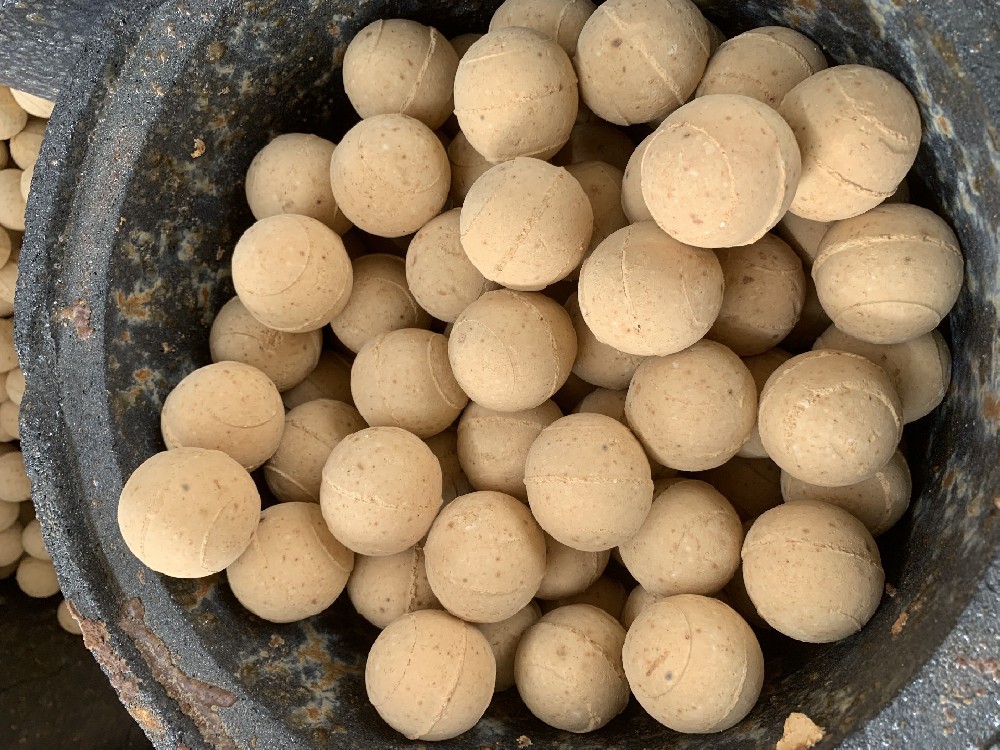
Thermal storage alumina balls
The Thermal storage alumina ballsis made of industrial alumina and refractory kaolin as the main raw materials through scientific formula, forming and high-temperature calcination.Thermal storage alumina ballss are divid··· -
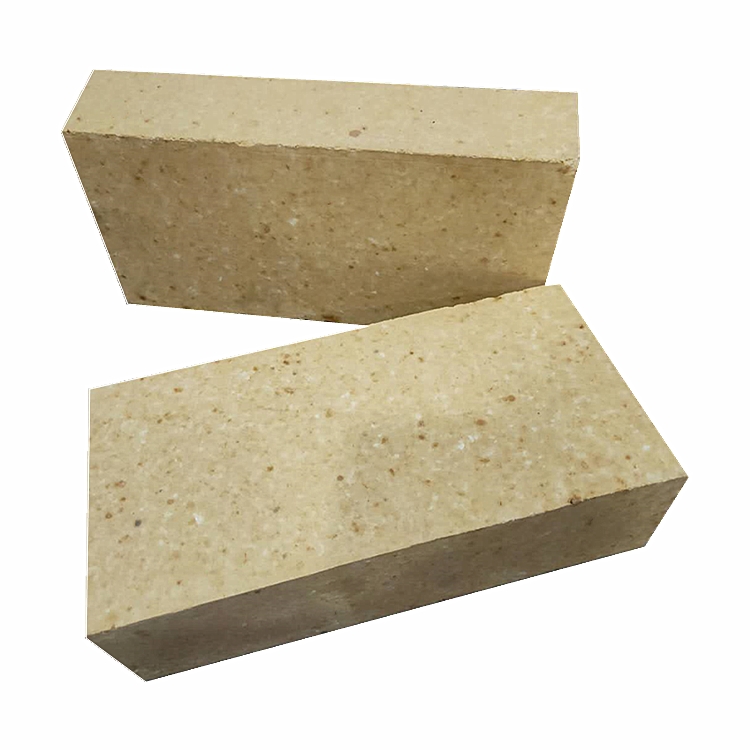
Anti-stripping high alumina brick
Use description of Anti-stripping high alumina brick1. Anti-stripping high alumina brick has a good application in low temperature parts such as large and medium-sized cement precalciner, kiln smoke chamber, indoor decom··· -
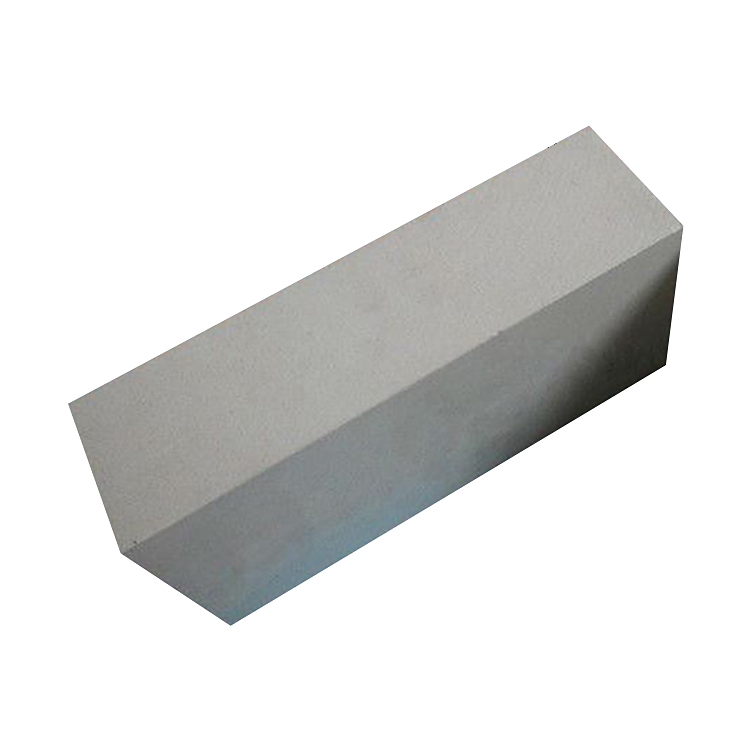
Anti-stripping high alumina bricks
Anti-stripping high alumina bricks are made of high alumina bauxite clinker, mullite, kyanite, zircon sand, and binder after granulating and powdering processes, mixed in a certain proportion, pressed into shape, and fir··· -
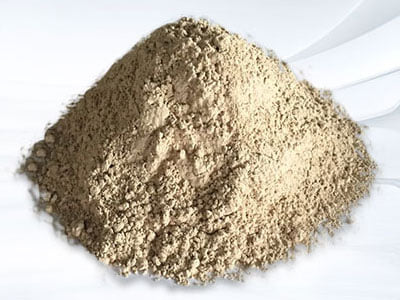
silica hot repair refractory
Performance index of silica hot repair refractoryThe material is a kind of plastic unshaped refractory material, its main component is SiO2, it is made of special clinker and various binders and additives, and it is proc···

